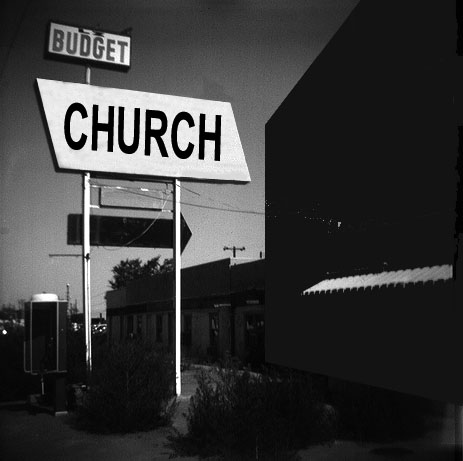The church has always relied on offerings from followers for survival. That reliance has meant different things in different ages. In Jesus’ time we know that there were followers, many of them women, bank-rolling the disciples and later the apostles.
As the Early Christian Church grew, the contributions became expected. Failure to contribute whole-heartedly was even a death sentence in one Bible passage.
As the church grew across different cultures, contributions took on different forms. Some contributed by going off to war to fight the infidels. (If successful, they might be rewarded with land and title!) Farmers and tradesmen contributed to feeding the large number of clergy and maintaining property. (If successful, their standing in the community would grow.) Artisans donated their talents. (If successful, they might find a patron and their art would preserve their names forever.)
Monetary tithes were never enough to keep church leaders comfortable and hence by the fifteenth and sixteenth century, church leaders had instituted a turnkey financial model. Pay to play or pay to pray. Indulgences. That incensed one young monk and the Reformation was on!
This was happening at about the same time as a bountiful mass of new land was discovered across the ocean. For the first time, there was someplace to go to escape the oppression of the church. Protestants began leaving in droves. Fresh start.
For years, many American churches copied the same model and congregations contributed their skills and work product to the maintenance of a parsonage and clergy. Monetary offerings were only part of the typical church budget.
Today’s clergy often laugh at these days, although there are few alive who actually remember them! They seem to forget that the contributions were made with love and sacrifice. A chicken given to the pastor was a chicken not available to feed the family.
In the most recent decades, clergy have been less likely to accept parsonage-based or non-monetary pay. Small congregations which thrived on non-monetary model through economically lean times were fairly suddenly priced out of existence. We are still experiencing the fallout from this shift in economic model of the modern church.
This doesn’t mean that things cannot change again.
2×2 believes that any church that relies solely on monetary offerings is scheduling failure. It may not happen for ten or twenty years but the path is fairly certain.
We have studied the statistics of congregations in our own denomination and regional body. Failure is the norm. It is almost universal. Large churches are in decline. Medium-sized churches are in decline. Small churches are the first to feel the pain. The others will follow. Survival is so tenuous that it outranks mission in budget priorities.
Redeemer—the congregation Bishop Burkat decided to close to make up for declining contributions to the regional body—was one of the very few congregations with positive numbers. The numbers presented to the Synod Assembly in 2008 and 2009 were fudged. And no one questioned them. No one.
In our next post, we will tell you how Redeemer had positioned itself to meet the economic challenges of this new ecclesiastic age.



